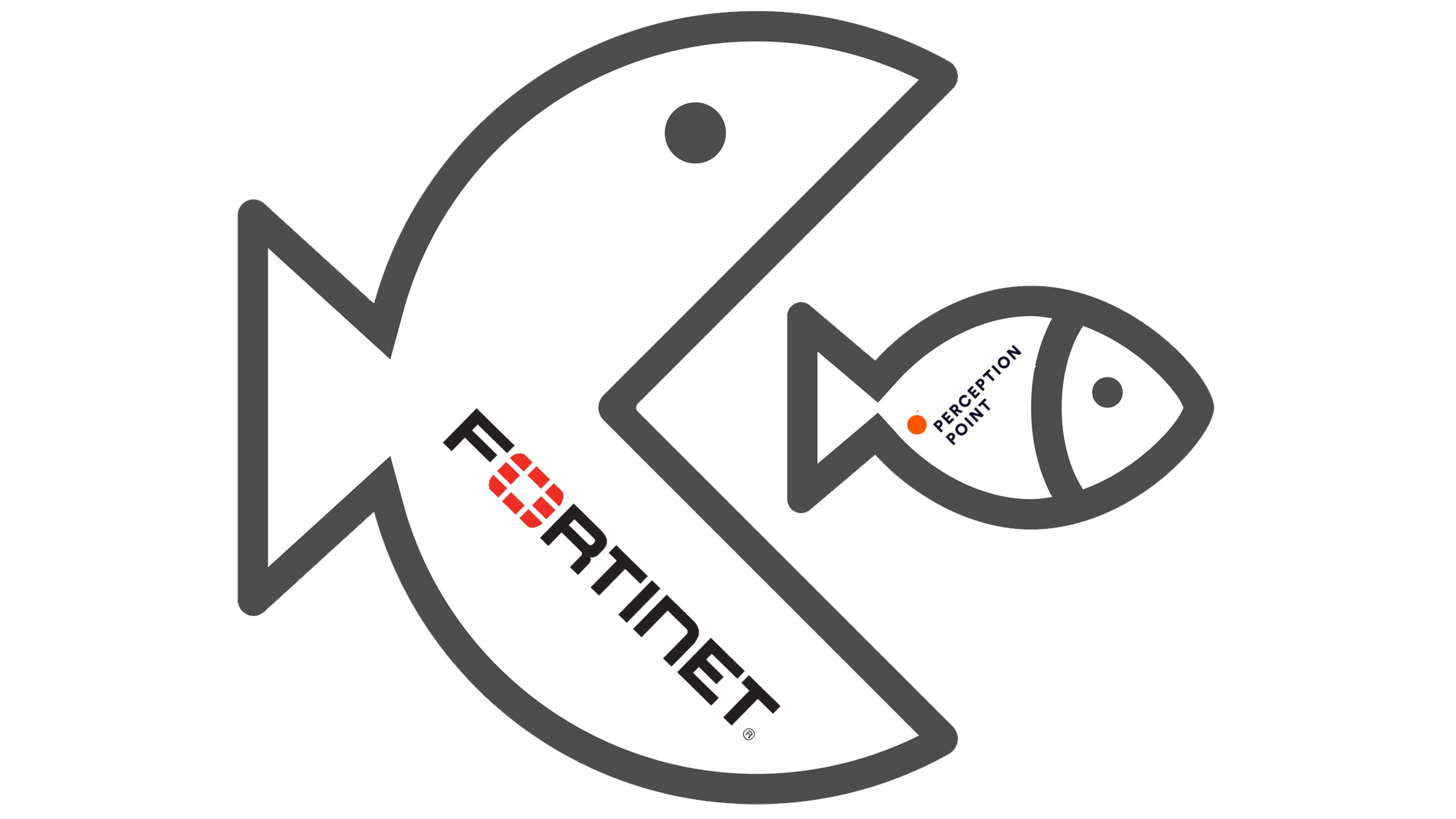John Maddison, senior vice president of products and solutions, Fortinet- “Fortinet has built an extensive ecosystem of industry-leading partners that are integrated into the Fortinet Security Fabric architecture using APIs and a variety of scripts using DevOps tools. The introduction of Fabric connector technology delivers an even deeper level of integration required to automate and simplify security services, policy configuration and operational management across our customers’ multi-vendor environments.
Fortinet†(NASDAQ:FTNT), a global leader in broad, integrated and automated cybersecurity solutions, announced its new Fabric Connectors, which automate operational capabilities in multi-vendor environments through open API (Application Programming Interfaces) integration with Fabric-Ready alliance partner technologies.
- Fabric Connectors provide one-click connectivity of Fortinet Security Fabric solutions with customers’ existing security ecosystem and provide automation of dynamic operational changes through a single pane of glass, closing securing and compliance gaps.
- Initial Fabric Connector types include Cloud, SDN, Threat Intelligence Feeds, ITSM, Automation Tools, SSO/Identify, IaaS Visibility, and Endpoint/CVE.
- The first set of Fabric Connectors deliver tight integration with leading technology infrastructure and solutions, including Amazon Web Services (AWS), Cisco ACI, Google Cloud Platform, Microsoft Azure, Nuage Networks VSP, ServiceNow and VMware NSX.
- Fortinet customers will immediately benefit from Fabric Connector integrations with the latest release of FortiOS 6.0.
Fabric Connectors Provide One-Click Integration for Security & Operations Automation†
Many organizations today use multi-vendor products, tools, and applications with isolated security management methodologies in their network environments. According to a recent Gartner report, “many security teams have overinvested in a plethora of tools. As a result, they are also suffering from alert fatigue and multiple console complexity and facing the challenges in recruiting and retaining security operations analysts with the right set of skills and expertise to effectively use all those tools. This is all playing against a backdrop of a growing attack surface that is no longer restricted to on-premises IT environments.”
The lack of technology integration across these complex customer environments, from multi-cloud to IoT, makes it increasingly difficult to manage and automate dynamic operational changes. Additionally, DevOps processes and tools are typically not integrated with security processes, slowing application development and time to market.
To address the complexities of today’s digital enterprise and help reduce security gaps, Fortinet expands the openness of its Security Fabric architecture through its Fabric Connectors to extend security visibility and management capabilities deeper into Fabric-Ready Partner infrastructure and applications.
Fabric Connectors help customers maintain a consistent network security posture with centralized orchestration for users, applications, and data across hybrid, public and private cloud environments. They enable automation of workflows, SOC environments, threat feeds, and security policy automation across clouds as new services and applications are deployed, removing the need for manual intervention.
Fabric Connectors link into partner solutions through API integration points or through specialized engineering, and are instantly accessible to customers through easy, downloadable DevOps kits with one-click activation. The open design of the Fabric Connectors enables ongoing, deep integration with a growing number of ecosystem components and extends the Security Fabric capabilities into validated, third-party infrastructure.
Fortinet has introduced its first set of Fabric Connectors with the following leading technology solutions: †
- Dynamic Policy – Cloud: AWS, Microsoft Azure, Oracle
- Dynamic Policy – SDN: Cisco Application Centric Infrastructure (ACI), Nuage Networks VSP, VMware NSX
- Security Incident Response/ITSM (IT Service Management): ServiceNow, Webhook
- Threat Feeds: AWS Guard Duty
- Automation Action: AWS Lambda, FortiClient EMS Quarantine
- SSO (Single Sign-On)/Identity: Microsoft Active Directory, Radius
- Endpoint CVE (Common Vulnerabilities & Exposures): FortiClient EMS
Fabric Connectors are available for free for joint customers of Fortinet and the above Fabric-Ready Partners as part of the latest FortiOS 6.0 release.













